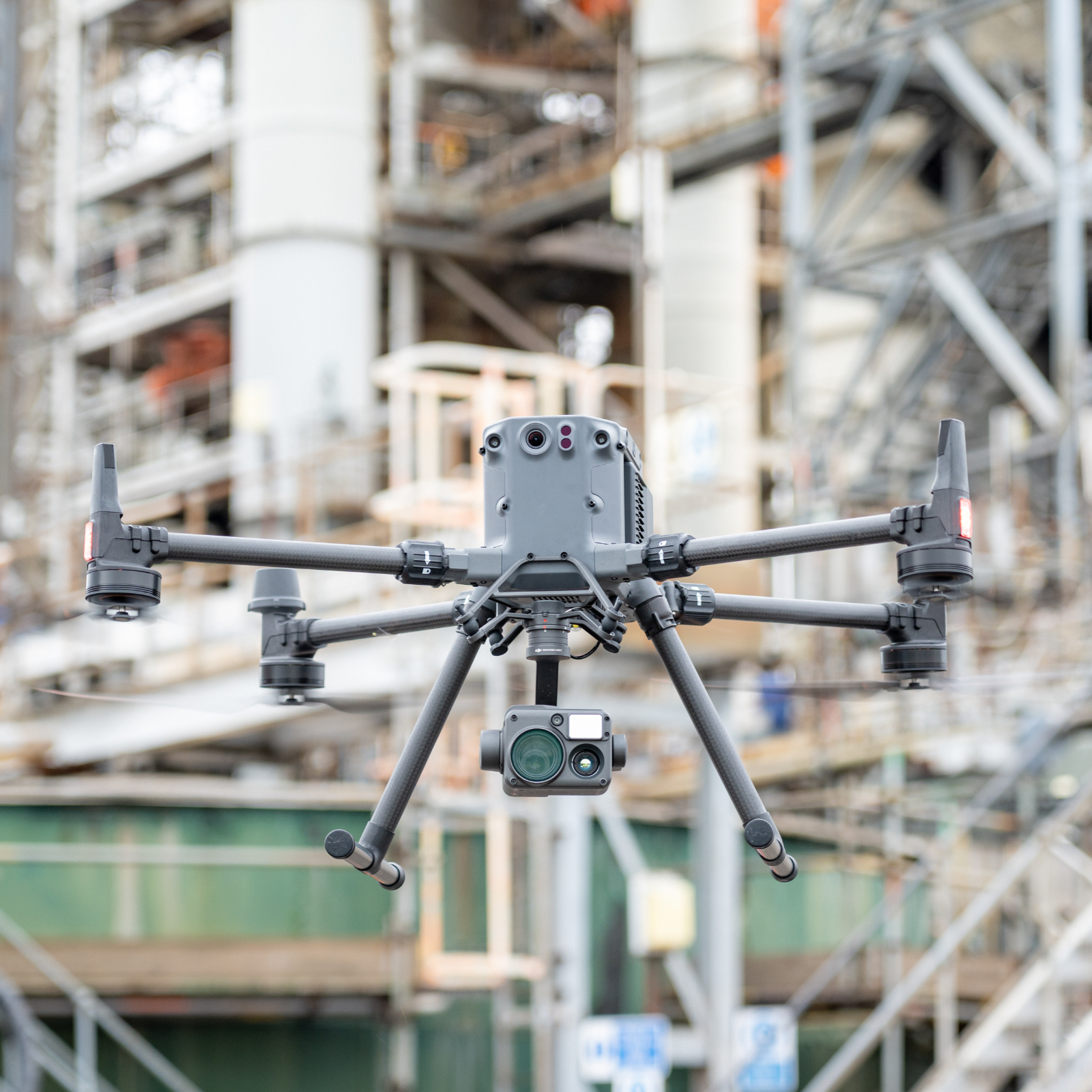
Products
Published on 18 May 2023
James Willoughby
DJI M350 RTK Vs DJI M300 RTK
Discover the upgrades of the DJI M350 RTK and how it compares to the M300 RTK.

The DJI M350 RTK is a flagship upgrade of the DJI M300 RTK, with some key improvements in some crucial areas;
Upgrades include the M350 RTK's enhanced IP rating and updated battery system;
Matrice 350 RTK has extra safety features, including arm lock indicator and updated FPV camera;
The DJI RC Plus - a top-level professional smart controller - comes with the M350 RTK as standard;
Many features shared between DJI M350 RTK and DJI M300 RTK, including multi-payload support for mission versatility.
Since launching in May 2020, the DJI M300 RTK has become an integral aircraft for enterprise drone operations.
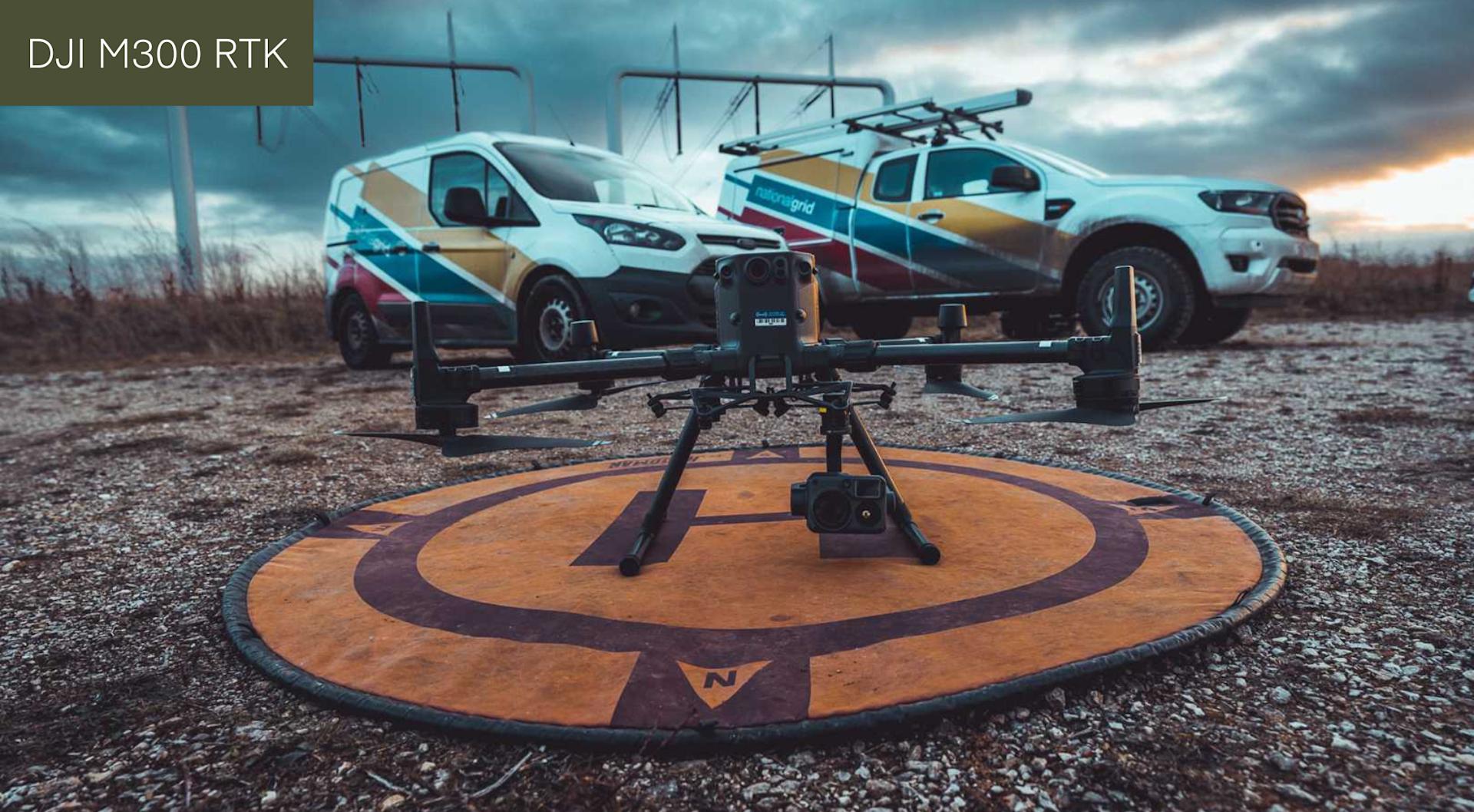
Three years later, and DJI has now unveiled the M350 RTK - described in its pre-release marketing material as a flagship upgrade.
Indeed, the M350 RTK is an updated version of its popular predecessor - maintaining many of the core components, but featuring some key upgrades in some crucial areas to further enhance the safety and the experience of each flight.
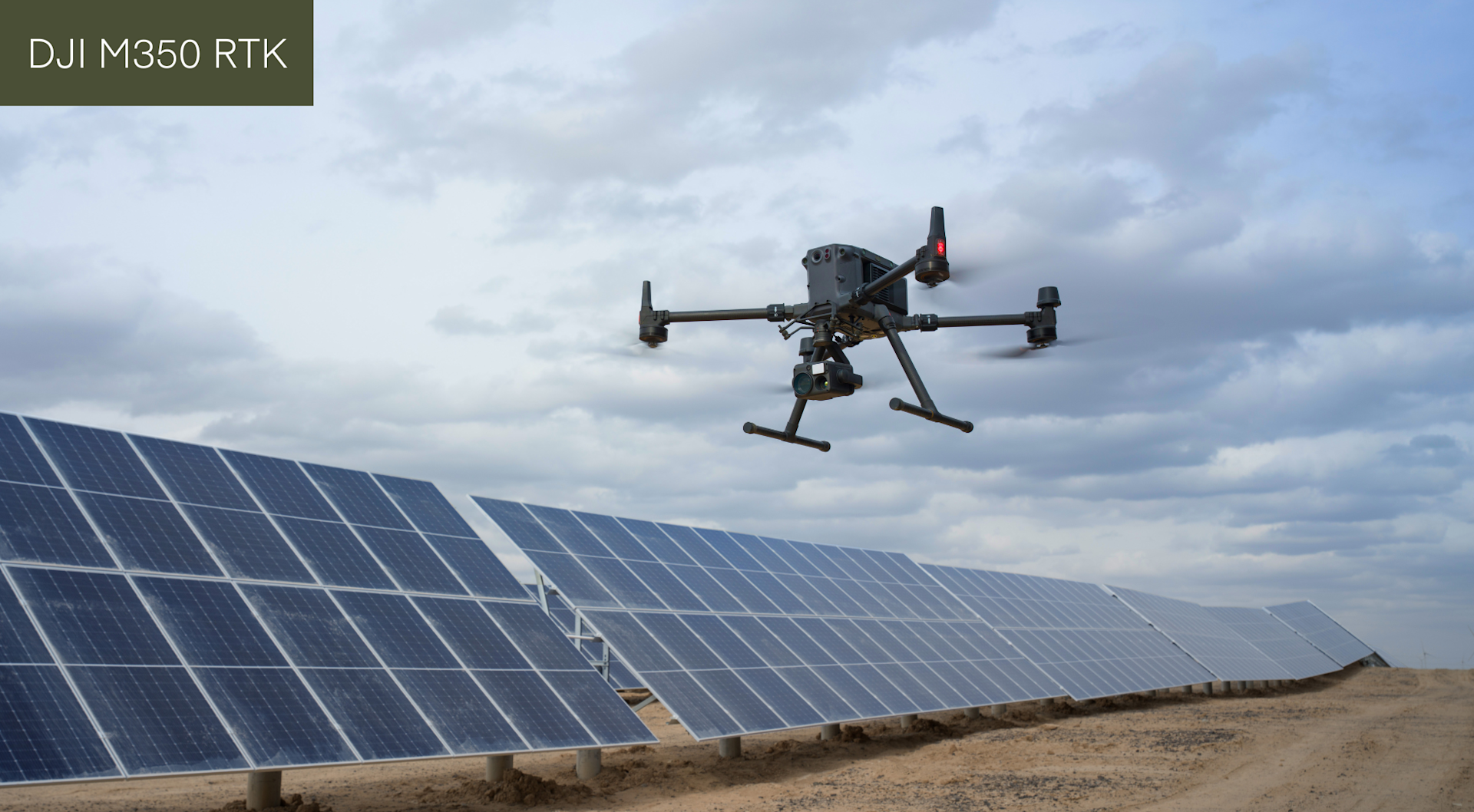
These include an improved IP rating, the addition of an arm-lock indicator, upgraded battery system, enhanced FPV camera, and coming with DJI's most advanced smart controller, the RC Plus, as standard.
This blog explores these key upgrades and highlights how they help to enhance DJI M350 RTK operations compared to the DJI M300 RTK.
What Are The Key Upgrades Of The DJI M350 RTK Compared To The DJI M300 RTK?
The DJI M350 RTK shares many features with the DJI M300 RTK - such as multi-payload support for mission versatility, high endurance, and a rugged and reliable design - but it also has some key upgrades.
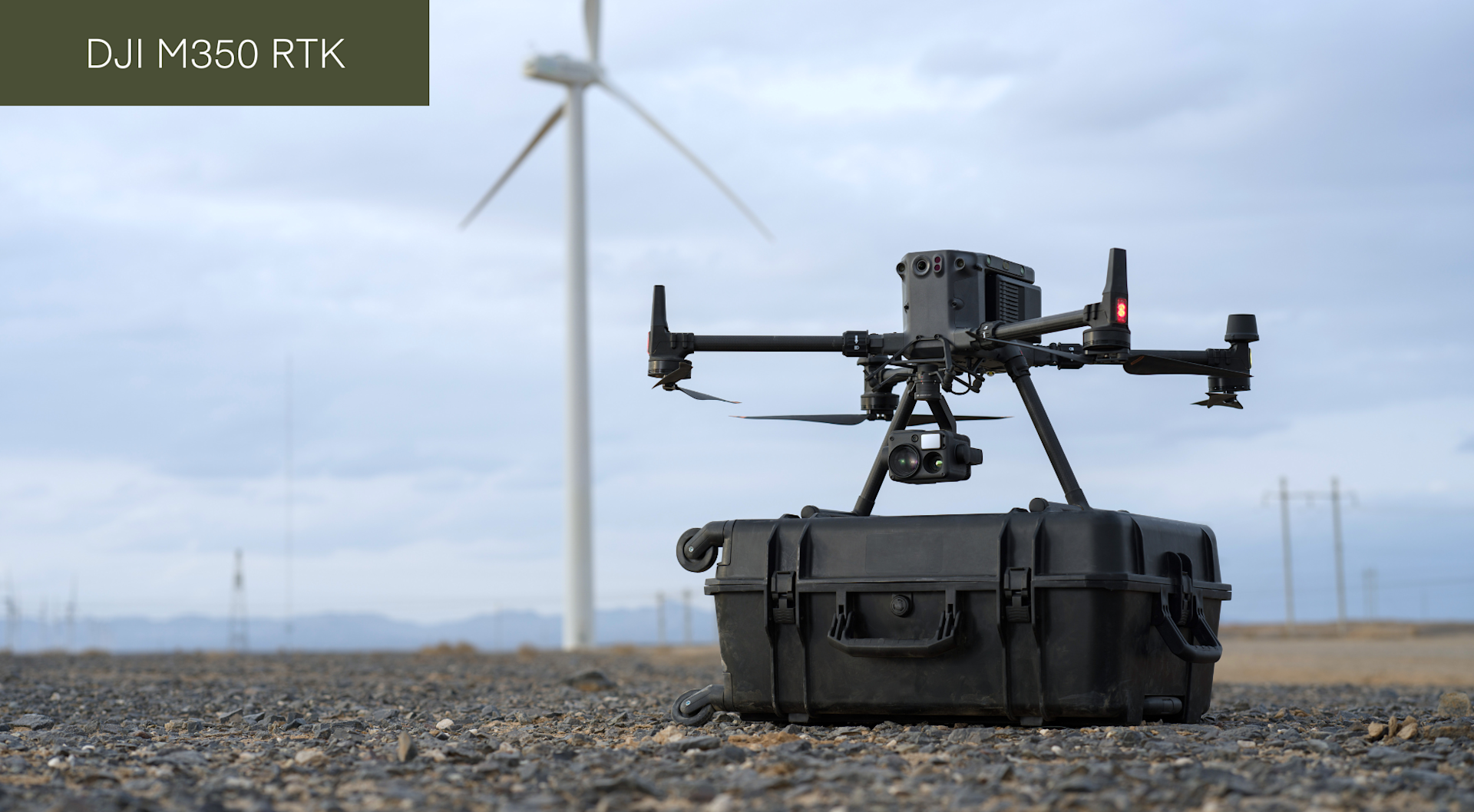
Below is a list of the top eight upgrades of the DJI M350 RTK, compared to the M300 RTK.
1: IP Rating
The DJI M350 RTK has an enhanced operational envelope compared to the M300 RTK.
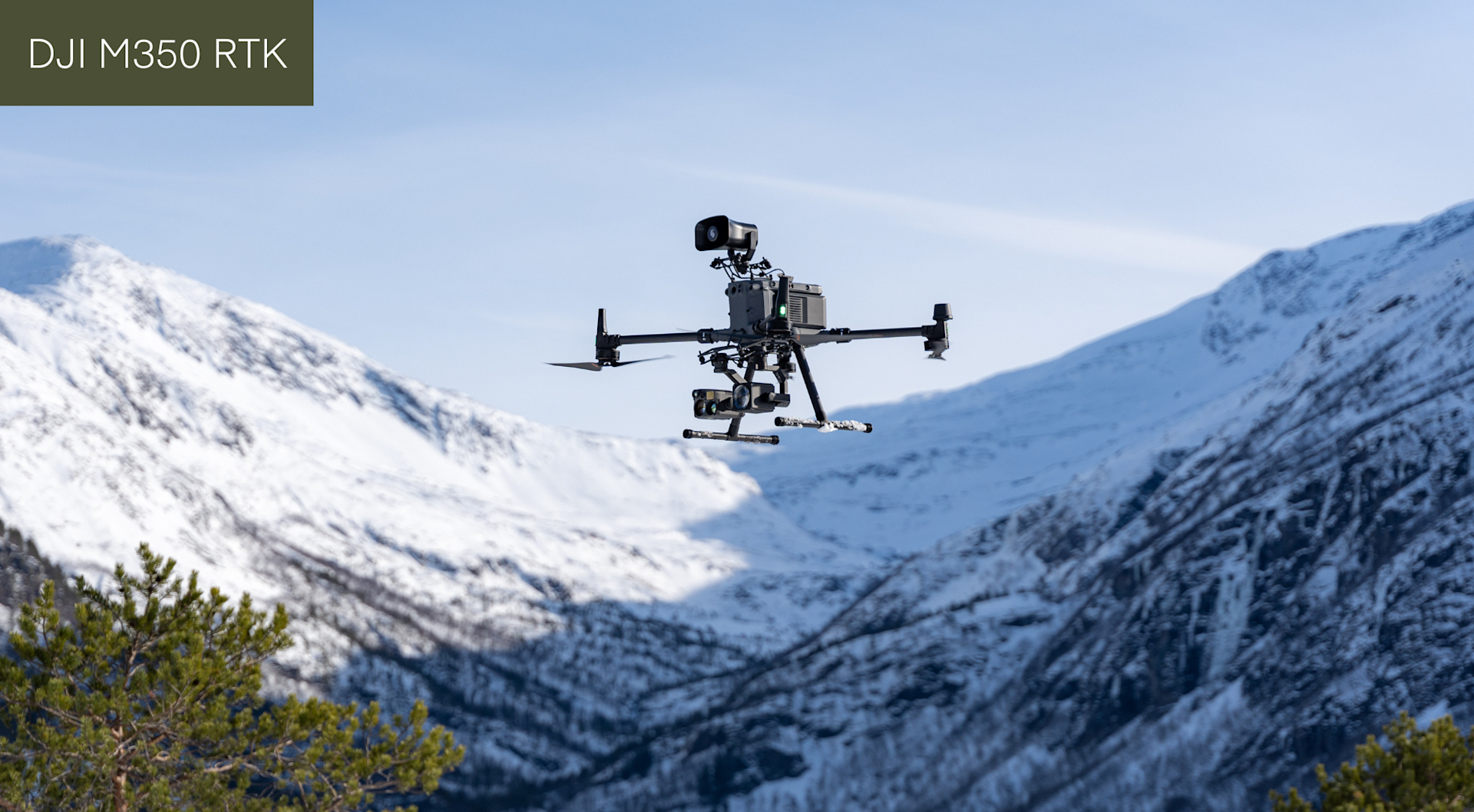
While the M300 RTK is IP45 rated, the M350 RTK has been built with an upgraded IP55 tolerance.
It means that the M350 RTK has greater protection against solid objects.
But both platforms have the same resistance to water - able to withstand rain, but falling short of a complete waterproofing.
DJI M350 RTK (IP55) | DJI M300 RTK (IP45) |
Solids: Protection against a solid object greater than 1mm (such as screws, wires). Liquids: Protected against low pressure jets of water from any angle. | Solids: Protected against dust (limited ingress of dust permitted, not harmful). Liquids: Protected against low pressure jets of water from any angle |
On the operational envelope front, the M350 RTK and M300 RTK can both operate in temperatures ranging from -20°C to 50°C.
They also have a wind-speed resistance of 12m/s.
2: Controller
From launch, the DJI M350 RTK comes with the DJI RC Plus smart controller, which is an upgraded RC compared to the M300 RTK's Smart Controller Enterprise.

However, the RC Plus is now compatible with the M300 RTK, following a firmware update, but the controller will need to purchased separately for M300 RTK users.
It's fair to say that the RC Plus - originally launched with the DJI M30 Series - has improved features against the Smart Controller Enterprise, including longer battery life, larger screen, and an IP rating.
The table below shows some of the key specifications between the two controllers.
DJI RC Plus | DJI Smart Controller Enterprise | |
Screen Size | 7.02 inches | 5.5 inches |
Screen Brightness | 1,200 cd/m2 | 1,000 cd/m2 |
Battery Life | Internal Battery: 3.18 hours; Internal + External Battery: 6 hours | Internal Battery: 2.5 hours; Internal + External Battery: 4.5 hours |
IP Rating | IP54 | No |
Operating Temperature | -20°C to 50°C | -20°C to 40°C |
Dual Operator Support | Yes | Yes |
In The Box | Included with the DJI M350 RTK. Available separately for DJI M300 RTK operators. | Included with the DJI M300 RTK. |
Compatible Drones | DJI M350 RTK DJI M300 RTK DJI M30 Series DJI Inspire 3 (Inspire 3 version) | DJI M300 RTK |
3: Upgraded Battery System
The DJI M350 features an all-new battery system: The TB65 Intelligent Flight Battery.
While there is no increase in maximum flight time - both drones provide up to 55 minutes (without payload) - the M350 RTK's TB65 batteries can withstand up to 400 cycles, compared to the 200-cycle lifespan of the M300 RTK's TB60 batteries.
This makes the TB65s a more efficient battery, able to handle a greater number of cycles, ensuring they can be used double the amount of times as the TB60s before having to consider replacements.
The M350 RTK also has a new TB65 intelligent battery station.
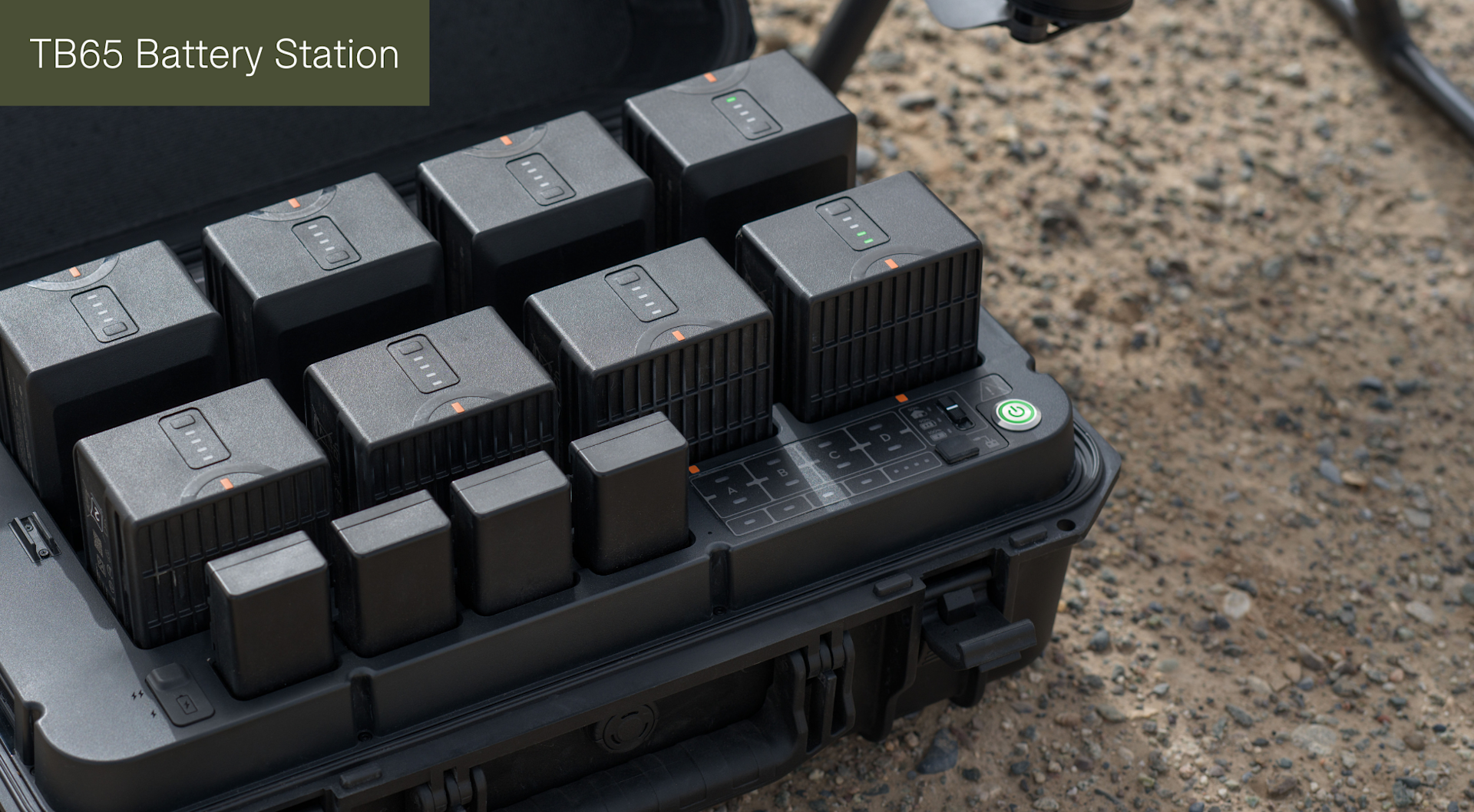
This station has...
8 x TB65 Battery Ports
4 x WB37 Battery Ports
1x USB-C Maintenance Port
1 x USB-C Charging Port
1 x USB-A Charging Port
...and it can charge two aircraft batteries, one RC battery (WB37), and one RC Plus at the same time.
When the station is connected to RC Plus, it will display the battery health information.
This new battery station also provides multiple charging modes:
Standard Mode (recommend for general user): Each pair is charged to 100% in sequence (will self- discharge). 60 min from 0 to 100%
Ready-to-Fly Mode (recommended for first responders): Each pair is charged to 90% in sequence and kept at 90%. 30 min from 20 to 90%
Storage Mode (recommended for long-term storage): Each pair is charged and kept at 50%
It is worth noting that the TB65 batteries can be used with the DJI M300 RTK. The aircraft requires a firmware update first. Likewise, the M300 RTK's TB60 batteries can be used with the M350 RTK. However, users should not mix and match the batteries during flight.
Also, the new BS65 battery station is compatible with the TB60 battery, while the new BS65 battery can also be charged in the BS60 Battery Station. Please update the TB60 battery and BS60 battery station to the latest firmware
4: New Arm Lock Indicator
One of the biggest safety improvements on the DJI M350 RTK is the addition of an arm lock indicator.
The drone's arm lock detection function helps to avoid the risk of flying with unlocked arm sleeves.
In contrast, the M300 RTK lacks this feature.
Arm lock functionality might not seem like much of a leap, but it is an important aspect to enhance flight safety and is a welcome upgrade.
5: Enhanced FPV Camera
The DJI M350 RTK and DJI M300 RTK have built-in FPV cameras, but the Matrice M350 RTK is listed as having a night-vision FPV camera.
This night-vision FPV camera clearly presents surroundings and obstacles during flight at night, ensuring greater levels of flight safety.
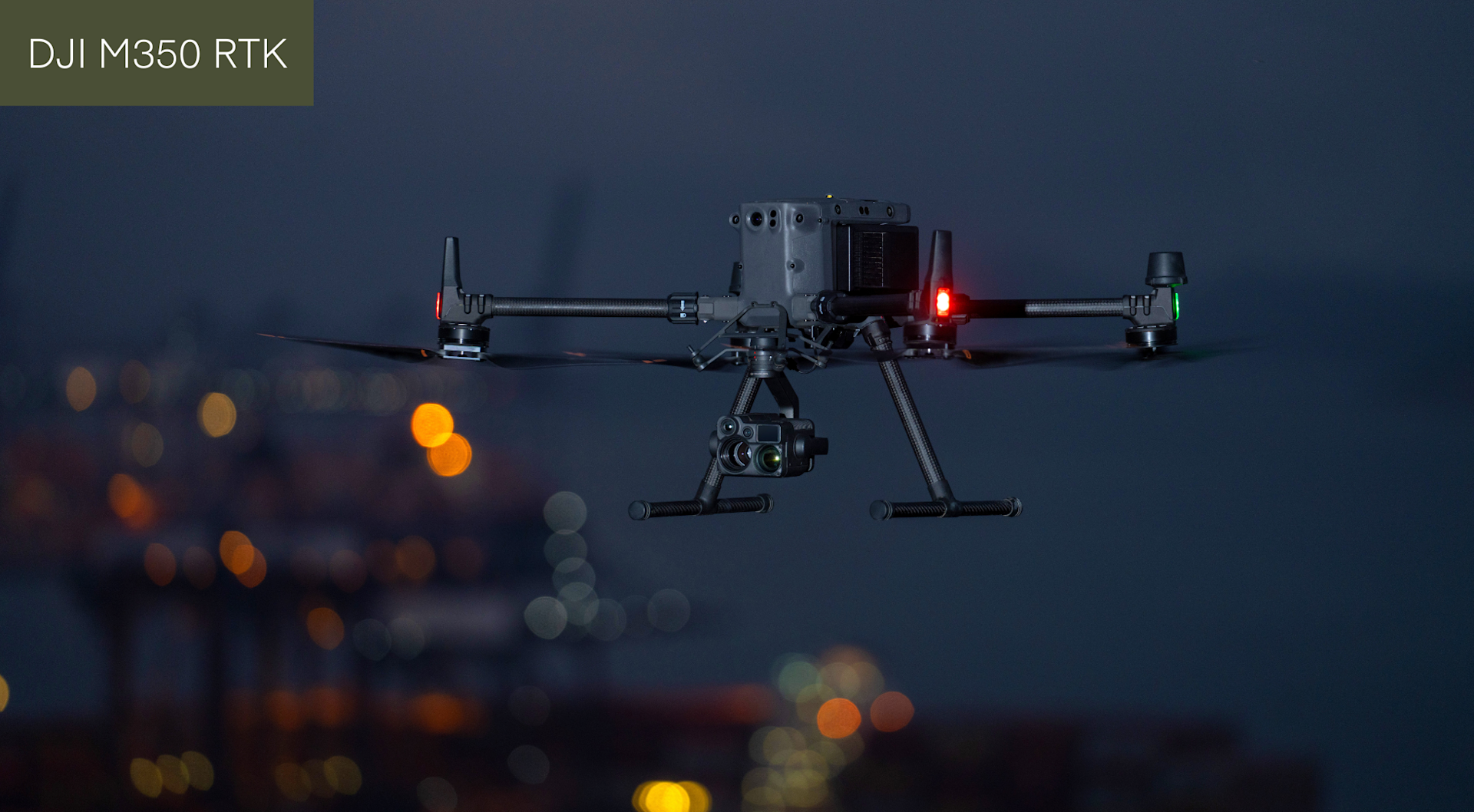
The resolution on the M350 RTK's FPV camera is also increased, for enhanced image clarity.
The table below highlights the key specifications of the FPV camera on each drone.
FPV Camera Specs | DJI M350 RTK | DJI M300 RTK |
Night Vison | Yes | No |
Resolution | 1080p | 960p |
Field of View | 145° | 145° |
Frame Rate | 30fps | 30 fps |
6: New Transmission System
The DJI M350 RTK utilises the upgraded DJI O3 Enterprise, compared to the M300 RTK's O2 Enterprise.
The M350 RTK's transmission system provides stronger signals. This is epitomised in FCC regions, as DJI O3 Enterprise enables transmission up to 20km away, while the older O2 Enterprise facilitates up to 15km with the M300 RTK.
Although in CE regions, such as the UK, both drones are limited to a transmission distance of 8km.
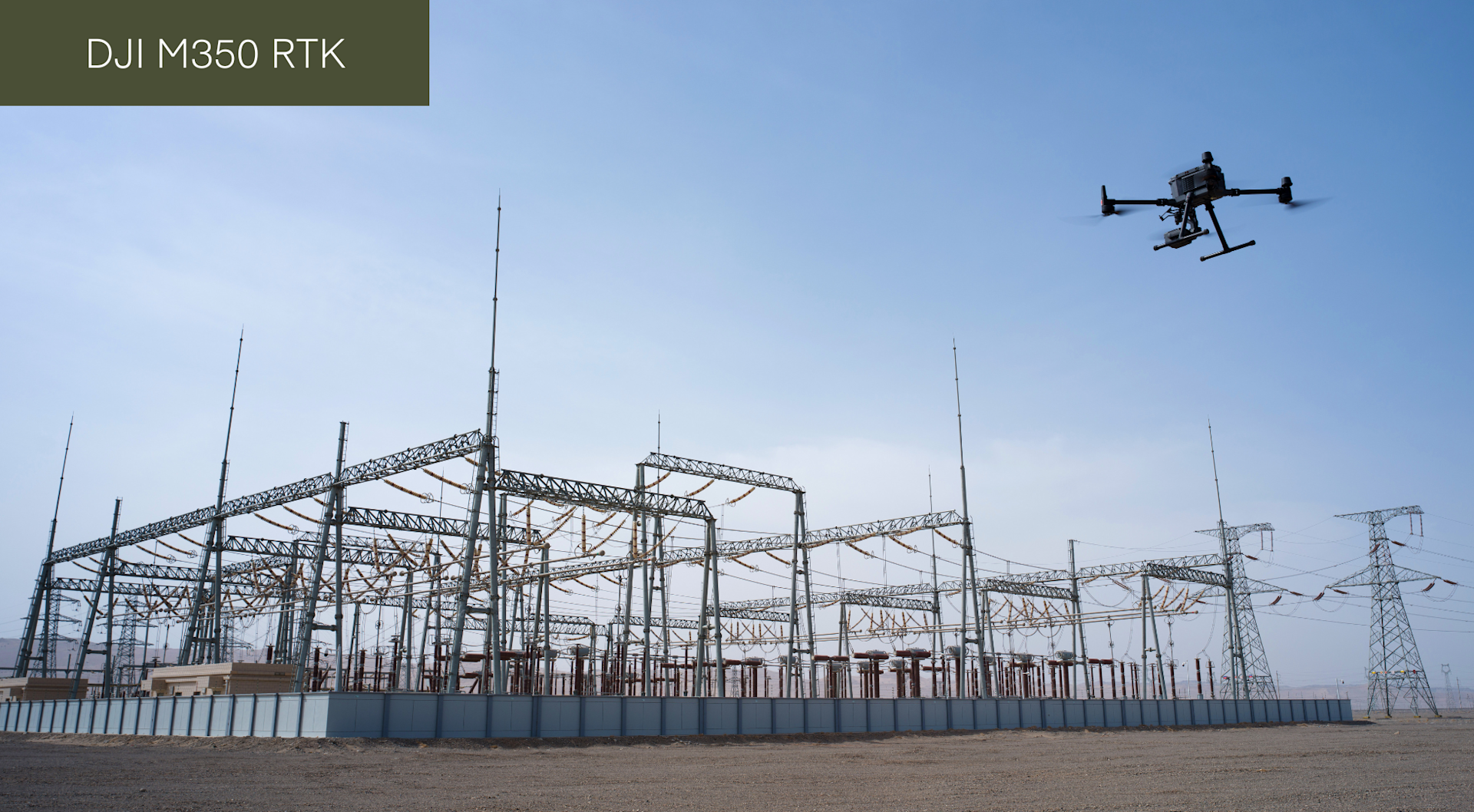
The Matrice 350 RTK does also have an improved anti-interference algorithm.
The M350 RTK also features a four-antenna design. Two additional antenna have been added on the back of the aircraft.
With two transmitting and four receiving, the system will intelligently select the two optimal antennas to transmit signals, while the four antennas receive signals simultaneously.
7: Powerful GNSS & RTK Module
The DJI M350 RTK equips a new GNSS chip which has better signal reception and can obtain more satellites.
Meanwhile, the new RTK module supports GPS L5 band. It means that, after turning on RTL, the RTK would be fixed faster and easier.
The table below shows the M350 RTK's extended GNSS frequency band support.
GNSS Frequency Band | DJI M350 RTK | DJI M300 RTK |
GPS | L1/L2/L5 | L1/L2 |
GLONASS | L1/L2 | L1/L2 |
BeiDou | B1/B2/B3 | B1/B2 |
Galileo | E1/E5 | E1/E5 |
8: Updated Case
Engineered for easier transportation, the DJI M350 RTK's battery station and main case both feature wheels which have 360° movement.
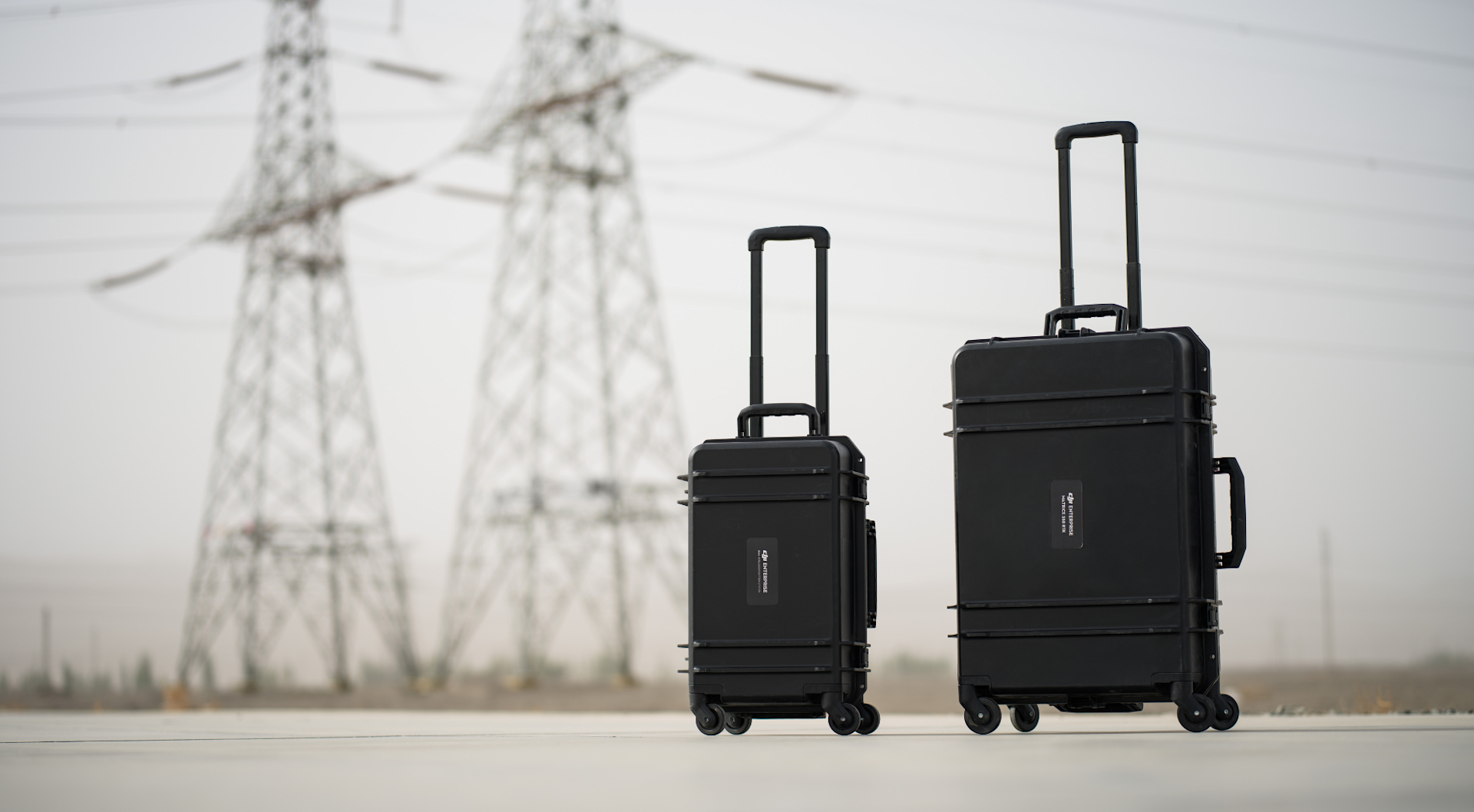
It might not seem a big feature, but these wheels can make a lot of difference when trying to lug a heavy-duty and less mobile M300 RTK case around.
The drone's carrying case also features a dual payload slot, enabling two payloads to be carried at the same time. It is also 31% smaller than the M300 RTK carrying case.
DJI M350 RTK Vs DJI M300 RTK: Key Specifications
This table provides an at-a-glance comparison between the DJI M350 RTK and DJI M300 RTK.
DJI M350 RTK | DJI M300 RTK | |
Dimensions (L x W x H) | Unfolded, without propellers: 810 x 670 x 430 mm Folded, with propellers: 430 x 420 x 430 mm (L×W×H) | Unfolded, without propellers: 810 x 670 x 430 mm Folded, with propellers: 430 x 420 x 430 mm (L×W×H) |
Weight (with single downward gimbal) | Approx. 6.47 kg (with two TB65 batteries) | Approx. 6.3 kg (with two TB60 batteries) |
Maximum take-off Weight | 9.2 kg | 9 kg |
Supported DJI Zenmuse payloads | Zenmuse H20 Zenmuse H20T Zenmuse H20N Zenmuse P1 Zenmuse L1 | Zenmuse XT2/XT S Zenmuse Z30 Zenmuse H20 Zenmuse H20T Zenmuse H20N Zenmuse P1 Zenmuse L1 |
Third-party Payload Support | Yes | Yes |
Maximum Payload Capacity | 2.7kg Mount up to 3 payloads simultaneously | 2.7kg Mount up to 3 payloads simultaneously |
IP Rating | IP55 | IP45 |
Operating Temperature | -20°C to 50°C | -20°C to 50°C |
Maximum Speeds | Vertical: 23 m/s Ascent: 6 m/s Descent: 5 m/s | Vertical: 23 m/s Ascent: 6 m/s Descent: 5 m/s |
Max Wind Resistance | 12 m/s | 12 m/s |
Maximum Flight Time | 55 minutes (without payload) | 55 minutes (without payload) |
Controller | DJI RC Plus (in the box) | DJI Smart Controller Enterprise (in the box) DJI RC Plus (available separately, firmware update required) |
Transmission System | DJI O3 Enterprise, 2T4R | O2 Enterprise, 1T2R |
Object Detection | 6 Directional Sensing & Positioning | 6 Directional Sensing & Positioning |
CSM Radar Support | Yes (available separately) | Yes (available separately) |
Arm Lock Indicator | Yes | No |
FPV Camera | Night-vision FPV Camera 1080p/30fps FOV 142° | FPV Camera 960p/30fps FOV 145° |
Battery | TB65 Up to 400 battery cycles Hot-swapping *DJI M350 RTK does also support TB60 batteries | TB60 Up to 200 battery cycles Hot-swapping *DJI M300 RTK does also support TB65 batteries |
Intelligent Modes | Yes, including AI Spot-Check for automated inspections. | Yes, including AI Spot-Check for automated inspections. |
GNSS Frequency Band | GPS: L1/L2/L5 GLONASS: L1/L2 BeiDou: B1/B2/B3 Galileo: E1/E5 | GPS: L1/L2 GLONASS: L1/L2 BeiDou: B1/B2 Galileo: E1/E5 |
DJI FlightHub 2 Compatible | Yes | Yes |
DJI Terra Compatible | Yes | Yes |
DJI M350 RTK Vs DJI M300 RTK: Compatibility Comparison
The below table shows which accessories are compatible with the DJI M350 RTK and M300 RTK.
M350 RTK + RC Plus | M300 RTK + RC Plus | M300 RTK + Smart Controller Enterprise | |
Z30/XT2/XTS Payloads | x | x | ✓ |
H20/H20T/H20N/P1/ L1 Payloads | ✓ (Payload need to be updated) | ✓ | ✓ |
CSM Radar | ✓ | ✓ | ✓ |
TB60 | ✓ | ✓ | ✓ |
TB65 | ✓ | ✓ (Aircraft needs to be updated) | ✓ (Aircraft needs to be updated) |
M300 RTK 2110 propeller* | ✓ | ✓ | ✓ |
M300 RTK 2195 propeller* | ✓ | ✓ | ✓ |
M350 RTK 2110s propeller* | ✓ | ✓ | ✓ |
M350 RTK 2112 propeller* | ✓ | ✓ | ✓ |
M300 RTK Gimbal Bracket | ✓ | ✓ | ✓ |
D-RTK 2 | ✓ | ✓ | ✓ |
*Mixing of different propeller and battery is prohibited.
Meanwhile, this table shows the compatibility of the TB60 and TB65 batteries with the corresponding battery stations. Please note that the TB60 battery and BS60 battery station need to be updated to the latest firmware.
Product | TB60 Compatibility | TB65 Compatibility |
BS60 Battery Station | ✓ | ✓ |
BS65 Battery Station | ✓ | ✓ |
DJI M350 RTK Vs DJI M300 RTK: Summary
The DJI M350 RTK is not a revolutionary product when compared to the DJI M300 RTK.
In many ways, it shows just how ahead of its time the M300 RTK was when it was released in 2020, and why it has become a key tool for drone programmes around the world.
That said, by taking the core elements of the M300 RTK and improving on it, DJI has further developed an already powerful aircraft.
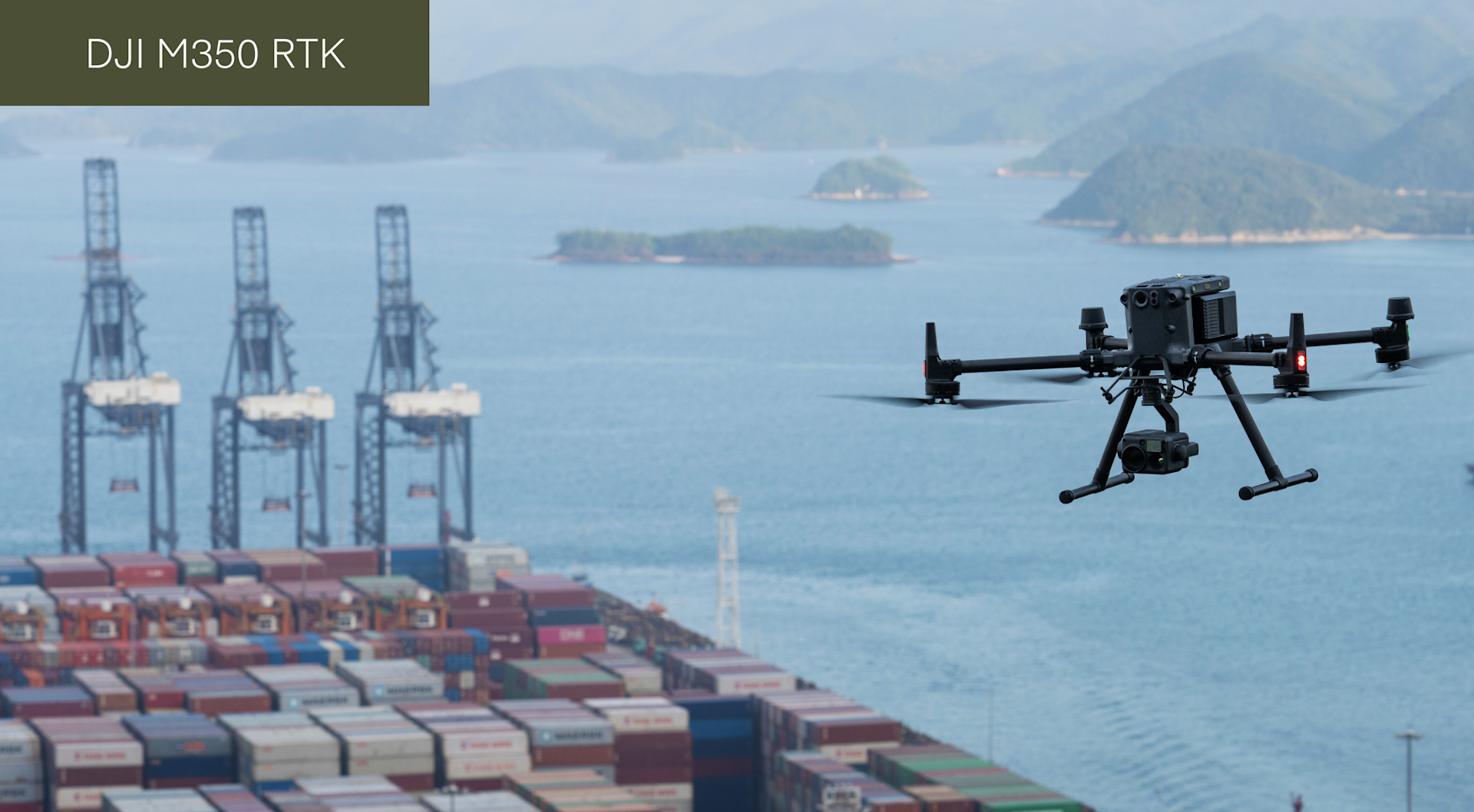
At this stage, it probably means that current M300 RTK owners won't feel compelled to rush out and replace their fleet with the DJI M350 RTK. In essence, there is still plenty of life in the M300 RTK and existing platforms will not necessarily be made redundant by the new arrival.
However, for operators looking to adopt M300s for the first time, or for those wanting to add additional Matrice drones to their programmes, then the DJI M350 RTK is a stellar option, and is an even more advanced drone compared to the M300 RTK.
To add the DJI M350 RTK to your drone fleet, including associated drone training, contact us.
